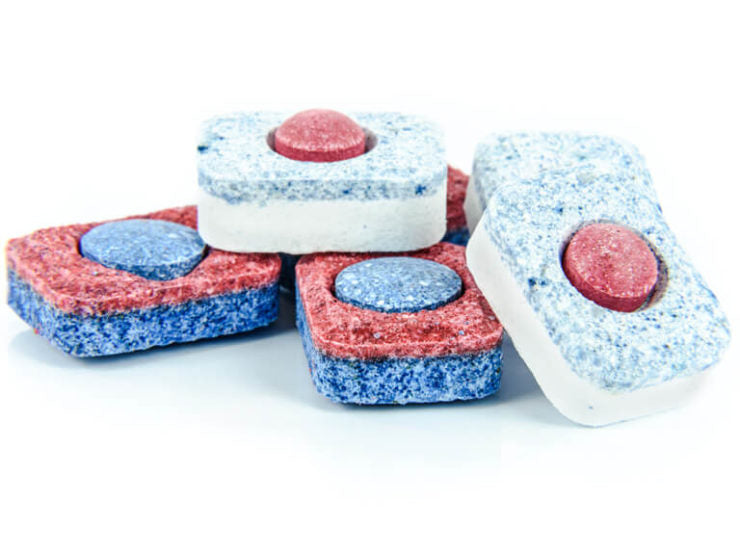Dishwashers can make your life considerably easier and save you oodles of time. But not if you are constantly having to wash your items again. If your dishwasher isn’t delivering pristine plates and perfect pans, the problem might be the way you are loading the machine.
Here’s how our hot tips on loading your dishwasher:
1. It is vital to position your items in the right places. Plates should be loaded in the slots on the bottom rack and positioned to face towards the centre. If the slots provided cause the plates to lean, position your items so that they are leaning inwards and downwards. This will ensure that the jets of the machine will clean more effectively. Check that all surfaces of the plates are accessible to the sprayers.
2. Place all of your cups, glasses and bowls on the upper shelf and angled so as to benefit from the jets below. Angling your items will also maximise the use of space in the dishwasher and ensure that every piece drains.
3. Always place plastic items on the top rack. The heating element of your dishwasher will be at the bottom. Plastic pieces are easily melted if they are positioned too close to this. The powerful jets on the bottom of the machine can also flip over plastic items. This will mean that when you open the machine after a cycle has finished, you are looking at Tupperware pots sitting face up and full of water.
4. Pots and pans should be placed face down on the bottom shelf. Check that their handles will not impede the rotating sprayer above. If a large item isn’t easily accommodated, wash it by hand or save it for the next cycle, rather than trying to cram it in.
5. Load all of your cutlery into the basket provide with the handles down. Wash sharp knives by hand as these can be dangerous when pointing upwards and will be dulled by the dishwasher. Cutlery with wooden handles is also best washed by hand. Try not to overload the cutlery basket as items must be separated for the best results. Any larger pieces and utensils should be placed on the upper rack. Position spoons with the bowl facing downwards, otherwise they will collect water.
6. Large, flat items such as cutting boards and trays should be placed on the bottom rack and to the outside. Consider washing wooden boards by hand as they can warp in your dishwasher. Check that the larger items do not impede the movement of the rotating jets.
7. Most dishwashers feature one or two small hinged plastic shelves above the top rack. These are designed to secure wine glasses and other fragile items. Make use of the shelves to protect your glassware. Don’t be tempted to cram your glasses into any available space. They could break and it is never helpful to overload your machine.
Dishwashers are wonderfully useful and you won’t want to be without one. But none offer unlimited capacity and each must be loaded correctly to deliver premium performance. To achieve the best results, you will have to accept that certain items must still be washed by hand or that you should run the dishwasher more than once.
7 TIPS FOR LOADING YOUR DISHWASHER
Scott White





